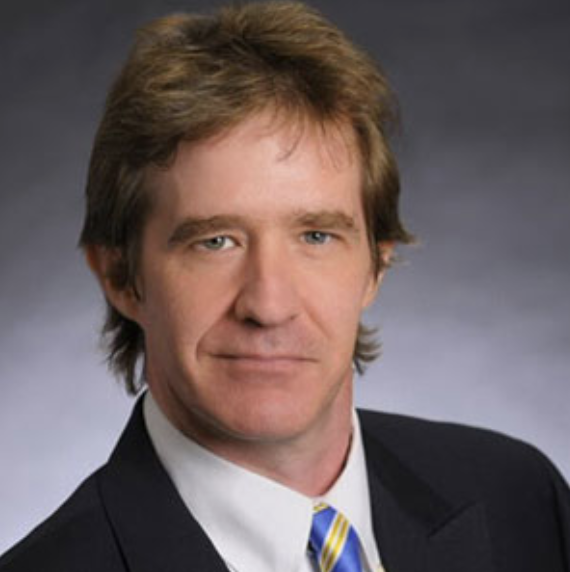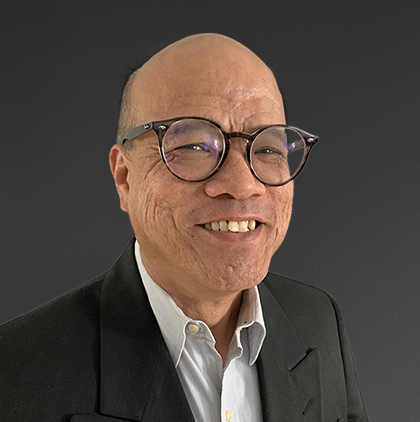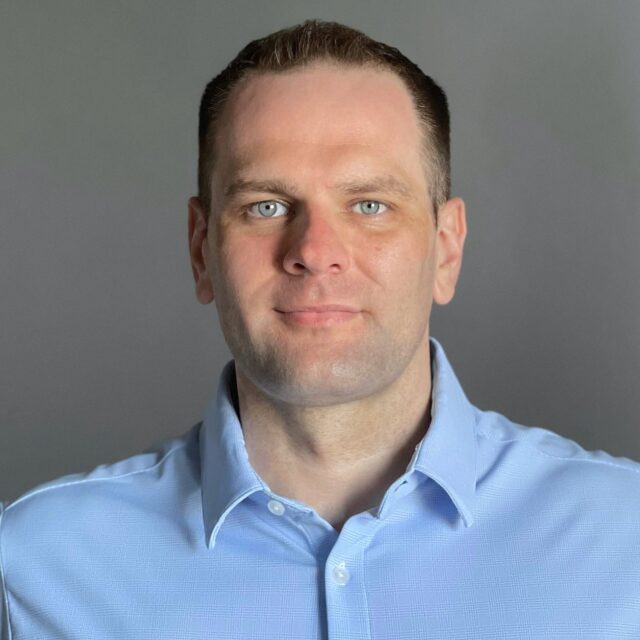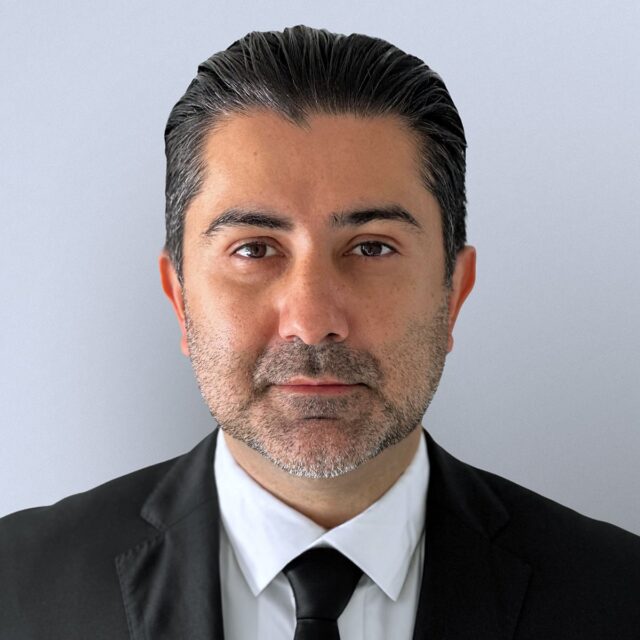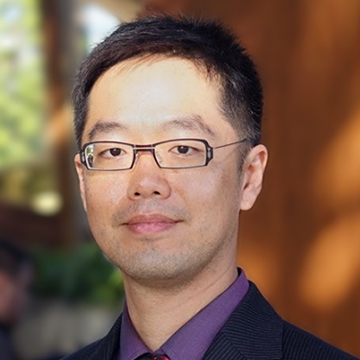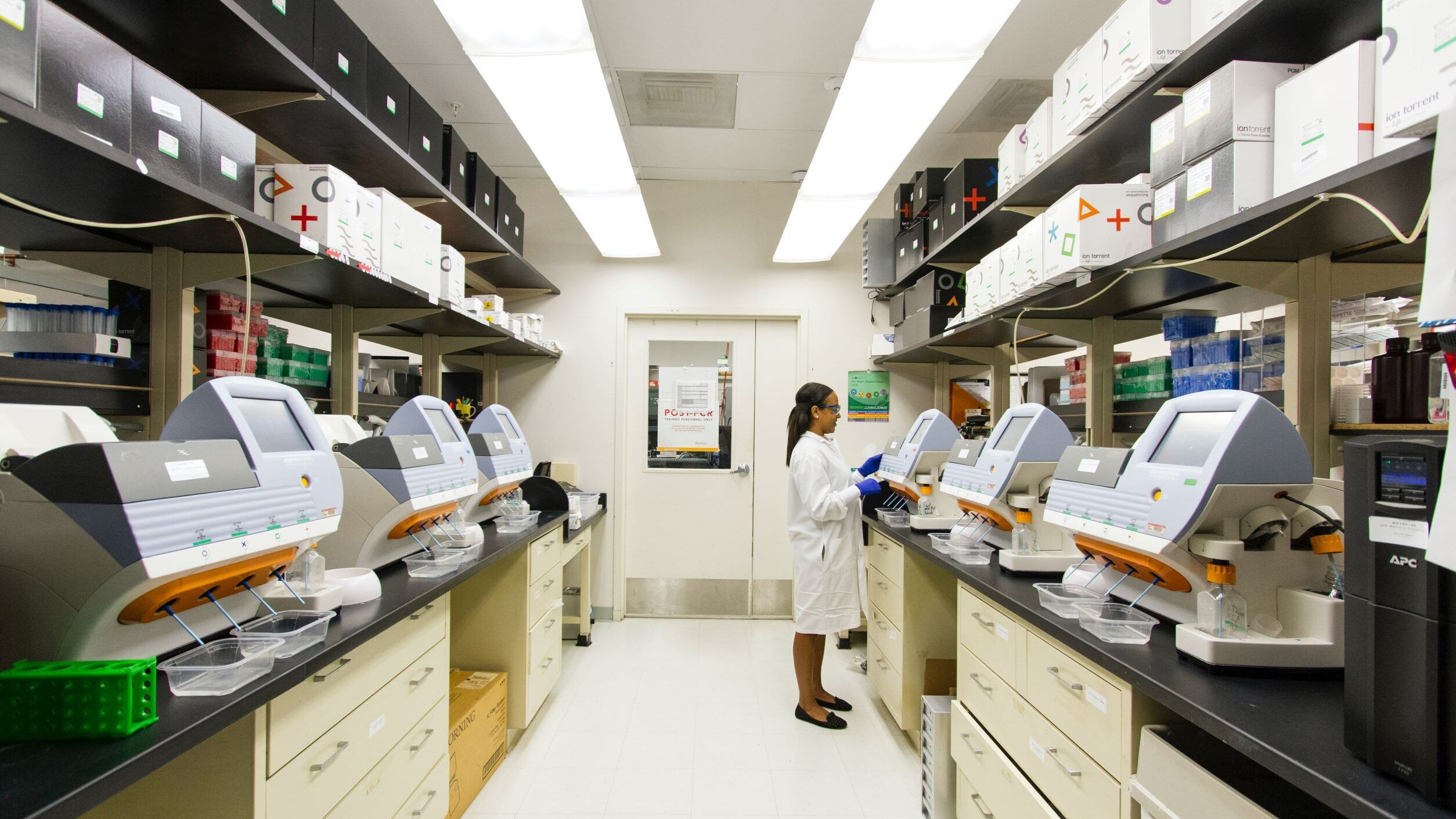
Quandary Peak Research normally uses our blog page to cover the biggest and highest impact lawsuits affecting the tech sector. But this week we decided to mix it up by providing a brief breakdown of the most high-profile lawsuit taking place in the United States this summer: the prosecution of Elizabeth Holmes and Theranos.
Many readers have likely seen media coverage, documentaries, and/or podcasts detailing the rise and fall of Elizabeth Holmes’s health care technology start-up, Theranos. In short, Theranos was billed as the company set to revolutionize medical diagnosis, with proprietary technology that could deliver instant results from just a few drops of blood. Its founder, Elizabeth Holmes, was ushered into fame and heralded as a genius, based on little more than her assertions that her breakthrough technology worked.
It didn’t.
The Wall Street Journal first reported errors and inaccuracies in Theranos’s lab results back in 2015 and 2016, while also revealing that Theranos was regularly using machines made by Siemens AG to run the actual tests. Because Theranos was using conventional devices to test blood samples – instead of their own proprietary technology – the company was arguably very aware its machines didn’t work. But the story Theranos continued to tell investors and partners like Walgreens was much different, which ultimately unraveled the company and set the stage for the corporate fraud case before the courts this summer.
How the Case Against Elizabeth Holmes and Theranos is Taking Shape
The prosecution in this case is arguing that Elizabeth Holmes committed multiple counts of wire fraud and conspiracy to commit wire fraud. Ms. Holmes has pleaded not guilty to all counts, and her defense lawyers intend to argue that Holmes and Theranos’s stories were exaggerated and manipulated by the media, ultimately becoming self-fulfilling. Her lawyers will argue that Ms. Holmes always intended to make a product that worked. Media scrutiny and rash public assumptions catalyzed the company’s failure, they will argue.
The prosecution, which in this case is the U.S. attorney’s office in the Northern District of California, must prove to the jury that Elizabeth Holmes always knew Theranos’s machines didn’t work, but that she lied about their efficacy to maintain her public reputation as well as securing additional partnerships and investors. The prosecution’s challenge will be demonstrating at which point in time Holmes knew Theranos was in trouble, but she persisted with the glowing narrative anyway.
Though the media portrayal of the Theranos story makes the existence of fraud obvious, the prosecution will face some challenges. One of the biggest issues is the lack of access to a Theranos database detailing millions of test results. In discovery the government was given a copy of the database on an encrypted hard drive, but prosecutors realized too late they did not have a password to access it. The only other copy of the database was destroyed by Theranos in 2018.
Another challenge is whether the judge in the case will allow patient testimony. Earlier, Holmes’s legal team had won a ruling that disallowed testimony from any patient who paid Theranos through insurance, and another ruling barred testimony regarding physical or emotional harm that may have resulted from Theranos blood tests.
A final ruling on patient testimony is still being awaited and could prove a critical factor in deciding the case. If prosecutors can detail stories of patients who received erroneous cancer diagnoses, missed warnings for serious conditions, false HIV-positive results, and tens of thousands of other erroneous tests, the jury may be swayed by the human toll of the corporate fraud, underscoring its gravity.
What to Watch from Here
Jury selection is scheduled for August 31 in San Jose, California. The trial will commence in the weeks and months following, and is likely to receive broad media coverage especially considering witnesses could include former U.S. Secretary of State Henry Kissinger and former U.S. Secretary of Defense Jim Mattis (both former Theranos directors), and Theranos investor Rubert Murdoch, who is the chairman of Fox Corp and executive chairman of News Corp.
Between now and then, a key feature of the case will be the presiding judge’s decision on patient testimony, which will arguably determine the strength of the prosecution’s case. Expect twists, turns, and updates on this case heading into the second half of 2021.


